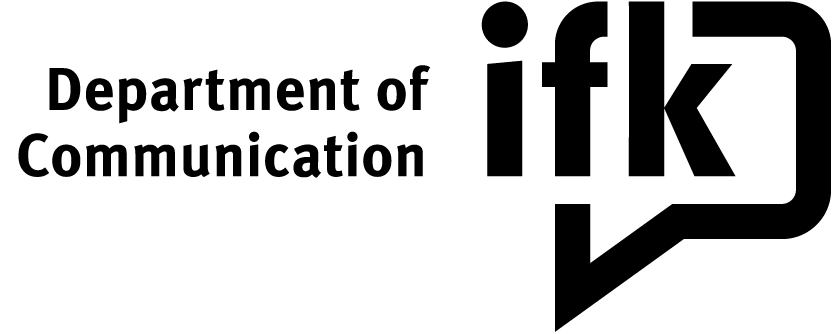
| Duration | October 2017 to March 2019 |
| Leadership | PD Dr. Stephanie Geise |
| Project Team |
Prof. Dr. Diana Panke, Universität Freiburg Sebastian Hollekamp, student assistant (Master Strategic Communication), WWU Regina Darenko, student assistant (BA Communication Science), WWU |
| Partners | Prof. Dr. Diana Panke, Universität Freiburg Dr. Axel Heck, Universität Kiel |
| Institutions | Institute for Communication Science (Münster University, WWU) | Seminar for Scientific Politics (Albert-Ludwigs-University) | Institute for Social Sciences / Political Sciences (Christian-Albrechts-University Kiel) |
| Sponsorship | Friede-Springer-Foundation |
| Keywords | Political Participation, Protest Behavior, Protest Communication, Visual and Multimodal Framing, Media Perception and Media Effects, , Eyetracking, Apparatus-based Observation Methods, Experimental Research. |
Abstract
For a considerable time now empirical social sciences have emphasized the proverbial “power of images”; and – in an age of new media and social networks – the availability and presence of image is more pronounced than ever. At the same time we can observe enormous social distress within societies, which translate into a higher level of readiness to protest within citizens and manifest in the formation of social movements (PEGIDA, etc.) and new political parties (AfD etc.).
Schon seit geraumer Zeit sensibilisieren die empirischen Sozialwissenschaften für die sprichwörtliche „Macht der Bilder“; und nie zuvor waren die Verfügbarkeit und Präsenz von Bildern so ausgeprägt wie im Zeitalter der neuen Medien und sozialen Netzwerke. Gleichzeitig beobachten wir enorme soziale Verwerfungen innerhalb der Gesellschaften, die sich in eine zunehmende Protestbereitschaft von BürgerInnen übertragen und in Form sozialer Bewegungen (PEGIDA etc.) und der Gründung neuer Parteien (AfD etc.) verfestigen.
Against the theoretical background of the concepts of framing of communication science – as well as based on political scientific motivated participation research – we examine in the project “Still images – moving people” the relationship between perception, typification and processing of positively and negatively framed media images of selected protest movements and their protest issues on the political participation readiness of citizens. It is the aim of the underlying research program to focus on the behavioral, affective and cognitive (inter-relational) effects of the perception of political media images with regards to political participation. The pilot study, conducted between October 2017 and March 2017, will emphasize the question, to what degree perceived emotional valences (positive and negative) of media images influence direct visual perception as well as subsequent processing and evaluation within recipients.
The project will be sponsored for a duration of 18 months by the Friede-Springer-Foundation, lasting from October 2017 to March 2018. Project supervision is exercised by PD Dr. Stephanie Geise of the IfK of the WWU.
Method
Striving for an understanding, how the perception of protest media coverage influences political participation readiness, we will conduct an experimental study, which directly observes the perception of 120 participants through the innovative method of apparatus-based eyetracking-technology. The testants will be exposed to protest images of four different political fields and observation behavior captures by eyetracking-technology. Through the recording of pupil movements, eyetracking will enable us to accurately observe fixation points in an image as well as their intensity and process them by quantitative means. Based on the still to be developed effect model, the inter-disciplinary research group composed of communication scientists and political scientists will identify appropriate measures for the promotion of democratic resilience and political participation willingness.
Publication
Geise, S., Heck, A., & Panke, D. (2020). The Effects of Digital Media Images on Political Participation Online: Results of an Eye‐Tracking Experiment Integrating Individual Perceptions of “Photo News Factors”. Policy & Internet.

